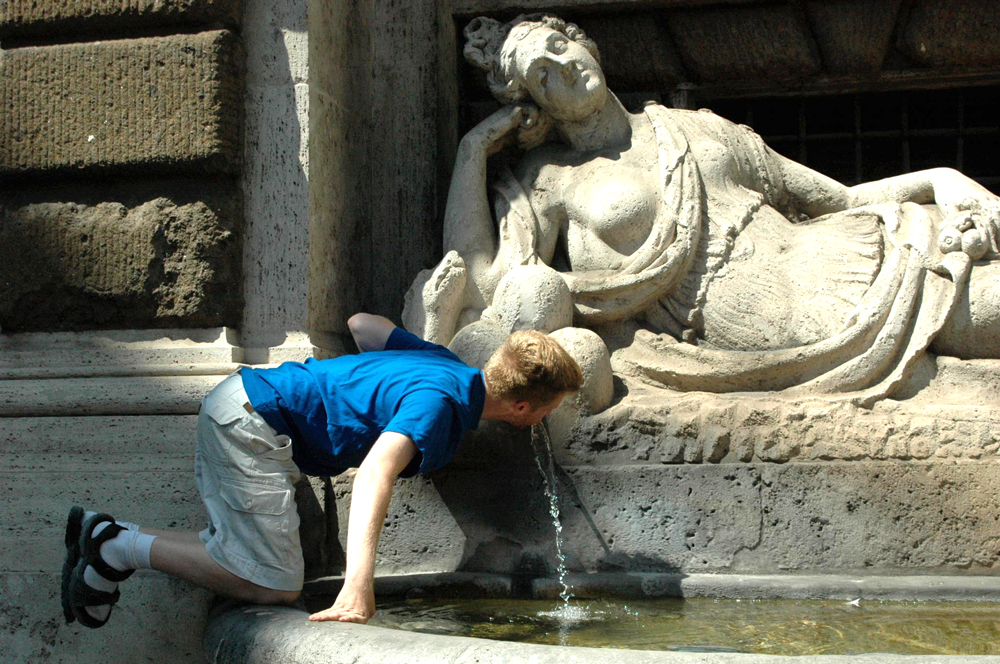June 26th – July 21st
This summer, Empire and the Soul will be offered in two different versions, a six-week long course, and a shorter, four-week version. Below you can find details about the four-week version. For information on the longer version of the course, please check the menu at the top of the page.
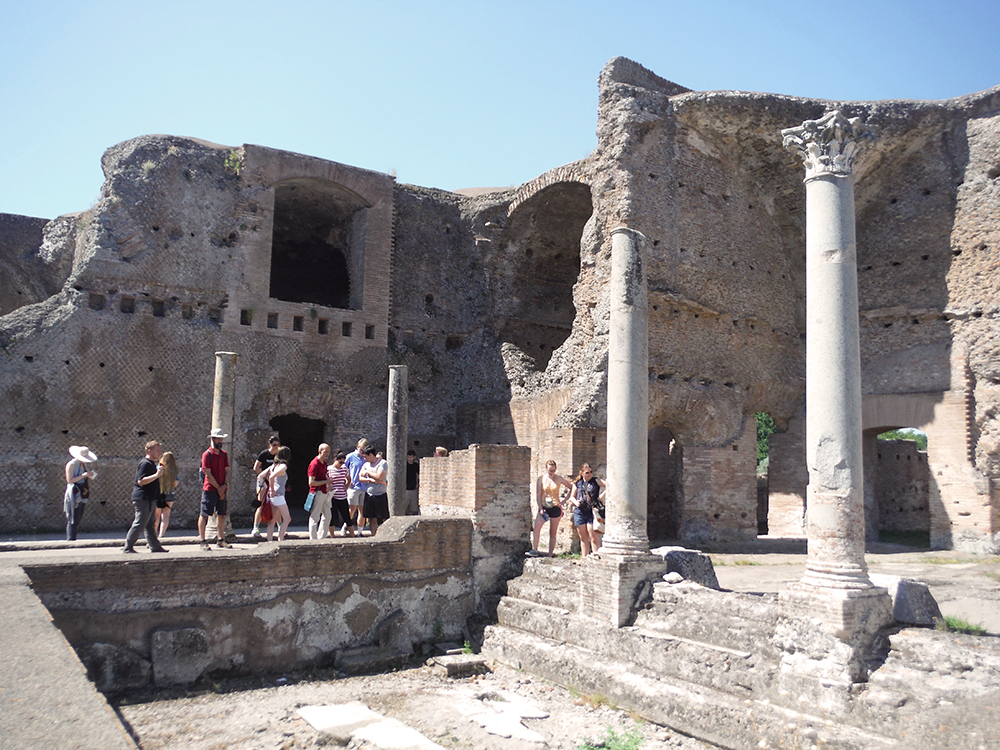
Course description
Greek political theory addressed life in small city-states. But the vast size of the Roman Empire presented political thought with new problems and questions of particular relevance to our own enormous modern political communities. Can a republic thrive and survive as it expands? Also, the development of empires from city-states impacted even on the kinds of ideals and human beings that could grow within them. What vices and what virtues are characteristic of the Republic, which of an Empire? And what aspects of Rome’s development speak to moderns?
We will look at these questions in a variety of authors who have very different ideas of Rome. We begin with Vergil’s epic on the prehistory of the Roman Empire, the Aeneid. We will then turn to St. Augustine’s radically critical view of Roman history and political theory, in the City of God. We will complete our program with great texts that reassessed Rome in new terms at the dawn of modernity, namely, Niccolò Machiavelli’s Discourses on Livy and the Roman plays of William Shakespeare.
Rome is a fascinating backdrop for all of these readings. Of course, it offers the setting for the ancient history readings and for Shakespeare’s Roman plays. Rome is also central to Machiavelli’s understanding of his contemporary Italian history. More generally, if you have the right kind of background and support (which RILA will supply through lectures and tours), walking through Rome confronts you, not with a heap of historical details, but with other ways of thinking about the structure and aim of political life. The city itself impresses upon you the contrast of ancient and modern in a very concrete way, and the experience can force you to read the books differently. In addition, many art-works in Rome, both ancient and modern, illuminate the general themes of the course and help present them as living questions.
top of page
Course date and format
The full course is four weeks in length. The course will start on Monday, June 26th, and it will end on Friday July 21st. Students are required to arrive in Rome by 8pm on Saturday, June 24th; they will be required to leave their apartments by 10am on Saturday July 22nd.
Classes are structured as seminars, discussion-based classes that meet in small groups led by a faculty member. The setting allows for a deeper inspection of the texts and issues studied, as well as a high level of student participation. Seminars meet for an hour and fifteen minutes, four days per week, in the morning.
Once or twice a week, before the morning seminar, students will get a brief pre-visit presentation intended to make a helpful link between the issues under discussion and the site to be visited in Rome that day. Informal discussion can follow then, or later on, when on site.
Once or twice, on the day when there are no classes, students will take part in a longer tour in the city, or, alternatively, a full day trip out of Rome.
Weekends are free, with the exception of the one dedicated to the optional trip to Siena.
There will also be at least one formal guest lecture on the theme of the course.
top of page
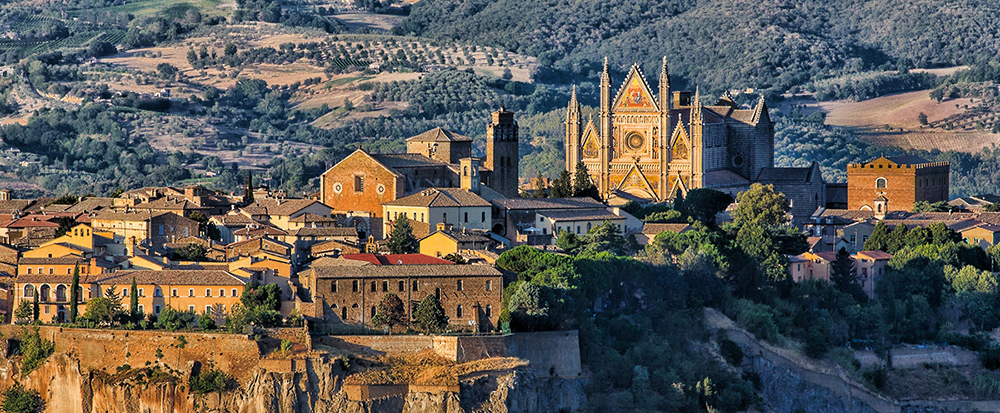
Excursions
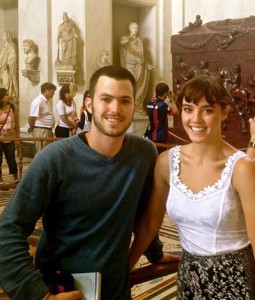
In the first week of our time in Rome we will visit the Vatican and St. Peter’s Basilica. The vast collections of classical, medieval, renaissance, and baroque art will be of significance for our reflections on the theme of the course as a whole. In addition, the Vatican will help us reflect on the significance of the Church as the heir to the Roman empire. We will also visit a series of ancient and medieval Churches (Santa Costanza, Santa Maria Maggiore, Santa Pudenziana and Santa Prassede) in which ancient art transformed itself into Christian art, raising theological controversies about iconoclasm that resulted in major political changes in Europe and the Middle East. We will read Virgil’s Augustan poem, the Aeneid, and visit the most important symbol of Augustus’ political achievement, the Ara Pacis. We will also get a sense of the private side of Rome in beautifully frescoed private Roman houses discovered on the Celio hill.
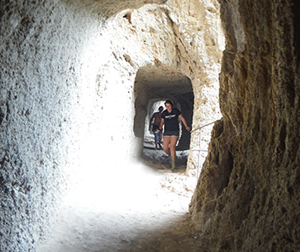
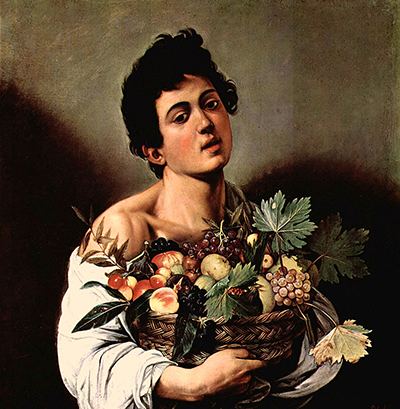
In the fourth week, we will reflect on the relation between ancient and modern in our Shakespeare readings. We will try to understand Borromini‘s new ways of presenting infinity in his architecture, and in the new, very modern understanding of the sacred that his churches suggest. We will visit most of his major works (Sant’ Ivo, San Carlo alle Quattro fontane, and Sant’ Agnese in Agone). We will also visit the Palazzo Barberini, built by Borromini and Bernini, now an important museum for Renaissance and Baroque art.
Optional trips
All students and faculty in both RILA summer classes will be invited on a non-required, overnight trip to Siena.
Siena is one of the most beautiful cities in Italy, as well as one of the most important sites for sacred art. The mere quantity of important art in this small city is vast and overwhelming. The Sienese style is of particular interest for our theme of beauty and the sacred, since it offers a more mystical version of the momentous developments in Italian late medieval and renaissance art. The work of Duccio in particular is both historically important and worth thinking about for the theme of our course. In Siena we can also visit the Palazzo Pubblico, which was the beginning of a new development in the idea of secular public life in the late middle ages, the birth of the commune and the end of the feudal order. Within the historic building are Lorenzetti’s Aristotle-inspired frescoes of good and bad government. These famous frescoes alone are worth the trip for readers of Aristotle’s Politics, and are of particular interest in connection with our Dante readings.
The optional trip requires paying separately for a bus trip as well as an inexpensive hotel. Details will be made available later, but we make sure any optional trips are very, very inexpensive. In past years nearly all participants in all RILA courses went on the optional trips.
top of page
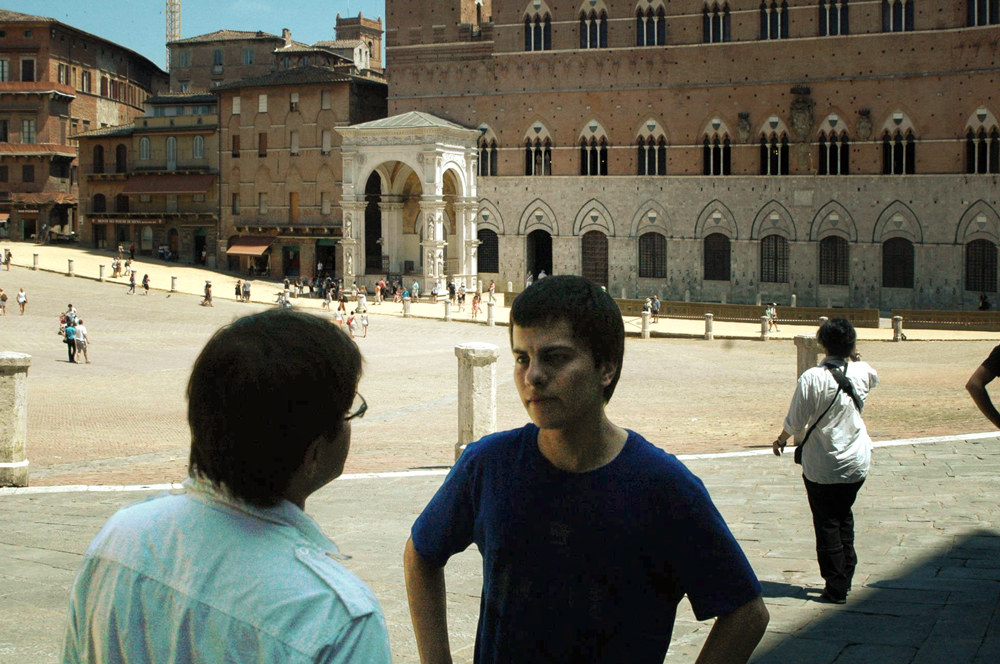
Readings
Vergil, Aeneid.
Augustine, City of God.
Machiavelli, Discourses on the Ten Books of Livy.
Shakespeare, Julius Caesar; Antony and Cleopatra; Coriolanus.
top of page
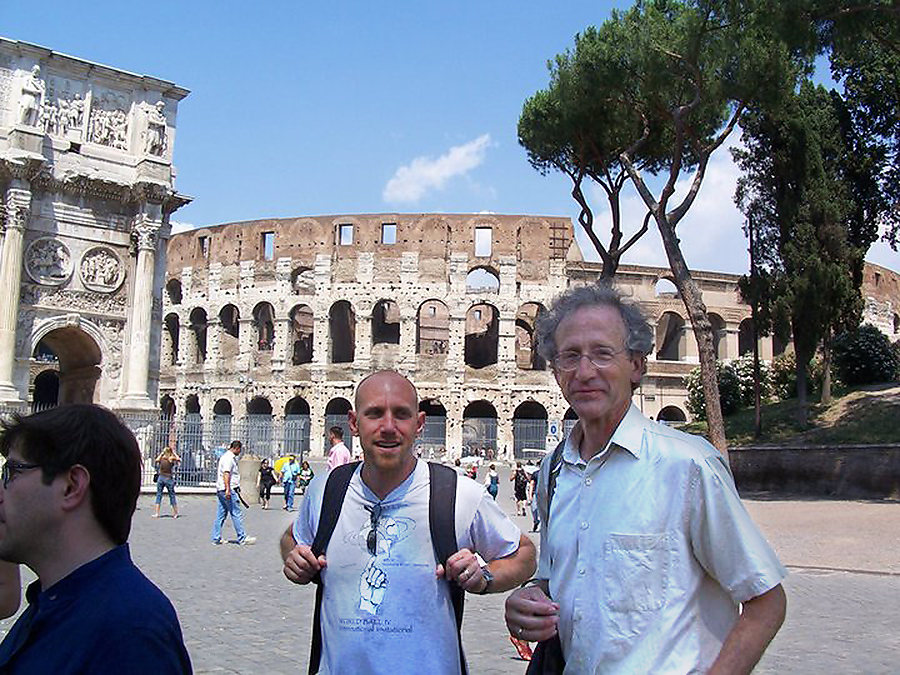
Seminar Faculty
Erik Dempsey, University of Texas at Austin
Erik Dempsey teaches at the University of Texas at Austin, where he is a Lecturer in the Government Department and serves as Assistant Director for the Thomas Jefferson Center for the Study of Core Texts and Ideas. He has a BA from St. John’s College in Annapolis, Maryland, and a PhD in political science from Boston College, where he specialized in classical political philosophy.
Philip Bartok, St. John’s College, Santa Fe
Philip Bartok has taught at St. John’s College in Santa Fe since 2003. He holds a B.S. in physics from the University of Connecticut, and an M.A. and Ph.D. in philosophy from the University of Notre Dame, where he specialized in 19th and 20th century French and German philosophy and philosophy of science.
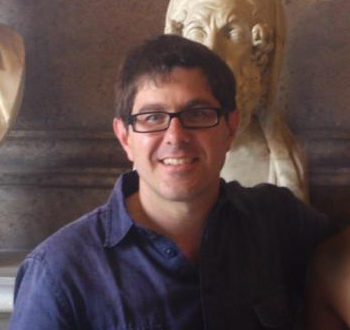
Gabriel Pihas, St. Mary’s College of California. Director of RILA
Gabriel Pihas currently teaches in the Integral Studies Department at St. Mary’s College of California. He is a former tutor at St. John’s College in Annapolis, Maryland. He got his PhD. at the University of Chicago, and before that his M.A. at Yale. In 2001-2002 he was a fellow at the American Academy in Rome in Italian literature, and in 2003-2005 an assistant professor at the European College of Liberal Arts in Berlin, Germany. In addition to his specialty in renaissance literature, he has strong interests in ancient philosophy and in twentieth century continental philosophy. In 2008 Mr. Pihas founded the Rome Institute of Liberal Arts, for which he has served as academic director ever since.
top of page
Art historians
Gianpaolo Castelli
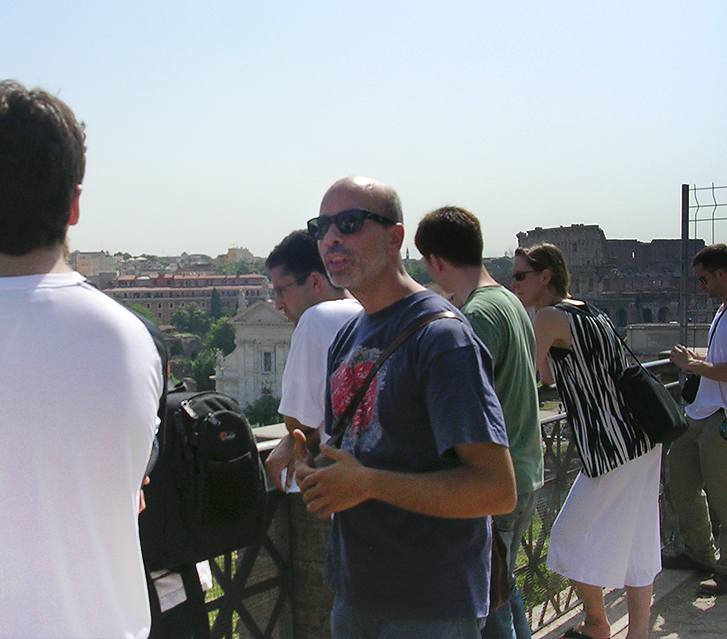
Gianpaolo Castelli currently works in the Office for Museums, Libraries, and Archives at the Lazio Regional Department of Culture, where he took up a post as art historian in September 2007. He has worked for many years in publishing as well as in educational projects for students and adults aimed at appreciating the cultural heritage of Italy. After receiving his degree in Classics in 1995, he went on to specialize in Etruscan, Greek and Roman Art history. More recently he received a masters degree in Paleography and Archival Science, and is currently researching late Medieval and early Renaissance Rome’s cultural milieu.
Teresa Calvano
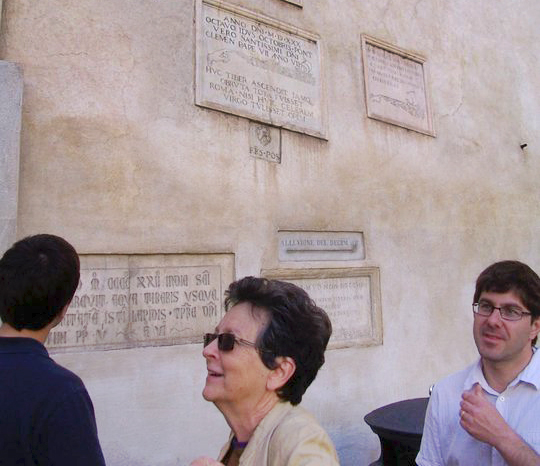
top of page
Italian language course
Although RILA students are not required to know any Italian, and all the readings will be done in English, we encourage you to sign up for an Italian language class. It may make your experience in Rome more meaningful and interesting. RILA works in partnership with ITALIAIDEA, one of the best language schools in Rome, which will organize a special course of basic Italian reserved for RILA students. Classes take place in the center of Rome, near Piazza Navona, not far from the RILA classroom building. Italian classes meet twice a week for two hours each meeting, for a total of eight meetings and sixteen hours of lessons. The course is designed to give students a basic knowledge of Italian grammar and vocabulary. It will focus on immediate language needs in daily life, with attention to the development of listening, understanding and speaking skills.
For the course’s cost, please check the application and fee page.
top of page
